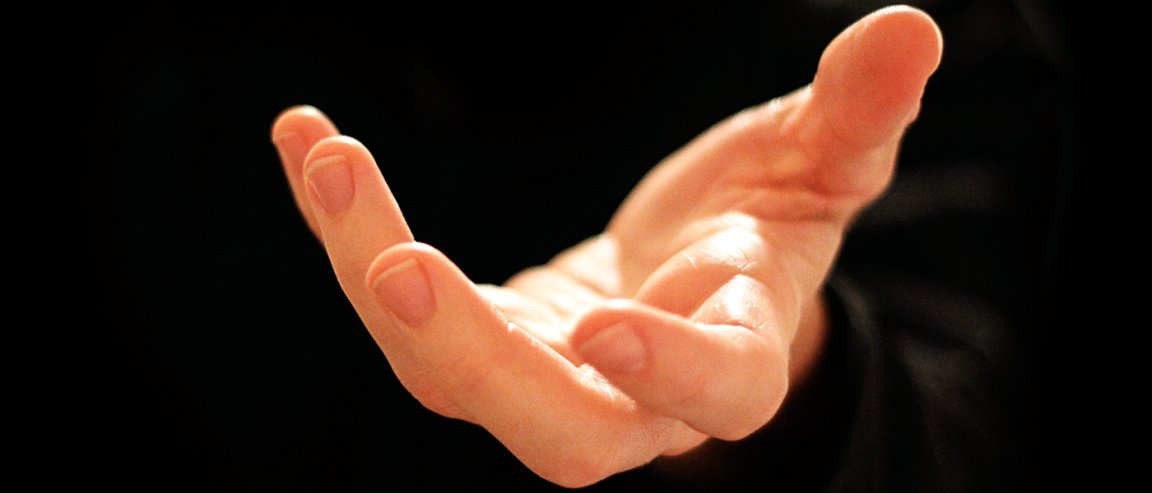
A Broader Perspective
Traditionally, humans have five recognized senses: sight, touch, taste, smell, and sound. In the strictest sense, our reality is defined by anything and everything we experience through those five senses, but today’s technology is allowing us to live in a world beyond them.
The idea that humans may have more senses isn’t as far-fetched as it sounds. For example, our sense of balance and our body’s inherent pain monitoring capabilities would both be considered crucial sensory inputs. Not everyone experiences the traditional five senses in the same way, either. A small fraction of the population (around 4.4 percent) has synesthesia, a form of sensory perception that causes them to experience crosswired sensations such as “seeing” sounds or “feeling” tastes.
On the premise that our five senses aren’t definitive, scientists began to explore how they could use the brain’s neuroplasticity (its ability to constantly change throughout an individual’s lifespan) to expand and augment our senses. After all, we don’t really directly experience reality — our brains do. We send limited signals from our eyes, for instance, to our brain, and that’s where we process what we see. To that end, we can use technology to tap into how our brains processes these signals and manipulate that sensory feedback.

Expanding Our Senses
Rapidly improving technology and a deeper understanding of how our senses work are allowing us to fundamentally change our perception of the world. The ability to hack our senses by rerouting and expanding our sensory inputs is letting us see, hear, touch, taste, and smell things that we couldn’t possibly have experienced before given our human limitations.
Some of this technology allows people with disabilities to experience the traditional senses in a nontraditional way. The Versatile Extra-Sensory Transducer (VEST) translates sounds into vibrations, and with a bit of training, a hearing-impaired person can use it to perceive sound through tactile means. Meanwhile, technology developed by researchers from the University of Wisconsin allows the blind to “see” through electrical pulses delivered to a plate on their tongue.
Other tech builds on our existing senses. Artist Neil Harbisson could see, but was color blind, so he implanted an antenna in his skull that translates colors into audible vibrations. It resulted in a form of synesthesia, which he claims allows him to “hear” colors. The tech also allows him to experience light not visible to the human eye, which is another area of research yielding promising results.
While many attempts to augment the senses are still in the very early stages of development, researchers are already pushing the boundaries of what science and technology can do to achieve their lofty goals. Even the smallest breakthroughs in this field support the idea that we still have a lot to explore and discover about human perception and reality.